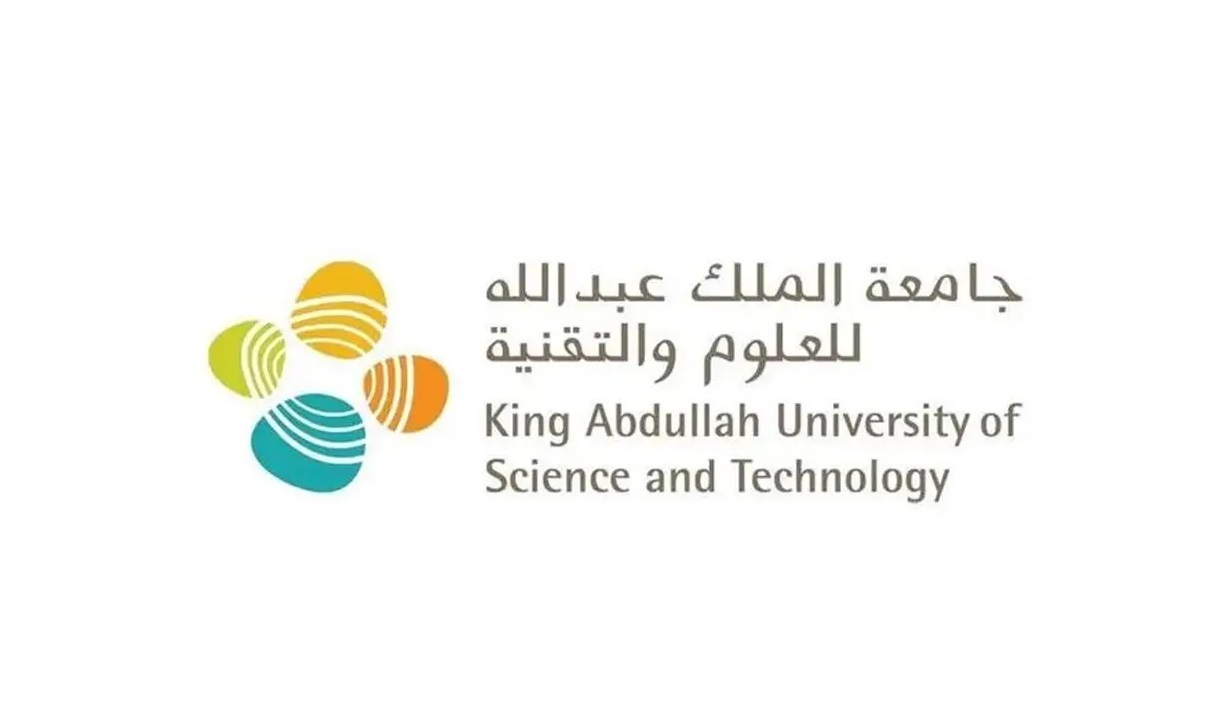
KAUST Develops Deep Learning Tool for Pre-Pregnancy Human Embryo Evaluation
Researchers at King Abdullah University of Science and Technology (KAUST) have announced the development of a new deep learning tool, deepBlastoid, to study models of human embryo development in artificial laboratory conditions. The KAUST scientists demonstrated that deepBlastoid can evaluate images of the models equally well as expert scientists, but 1,000 times faster.
The earliest stages of the human embryo are crucial for understanding fertility, pregnancy complications, and the origins of developmental disorders. However, direct research on human embryos is limited by ethical considerations.
Blastoids are cellular models that represent the embryo at a period known as the blastocyst stage. This stage begins about five days after fertilization and continues until the embryo has implanted itself into the mother's uterine wall (the moment of pregnancy). Importantly, the human blastoids in the KAUST study are composed of stem cells, but not embryonic tissue, and since their discovery in 2021, they have quickly become a preferred human model for scientists to study early embryo development.
In the new study, KAUST researchers trained deepBlastoid on over 2,000 microscopic images of blastoids. Then they used it to assess the effects of chemicals on blastoid development by examining over 10,000 additional images. Understanding how these chemicals can disrupt blastoids has profound implications for women who are taking prescription medicine or other drugs but seek to become pregnant.
"Little is known about the very early stages of embryo development. With deepBlastoid, we can scale up blastoid research to study embryo development and the effects of chemicals on the embryo and pregnancy," said KAUST Associate Professor and member of the KAUST Center of Excellence for Smart Health Mo Li, an expert in stem cell biology and whose lab pioneered embryo models using human blastoids.
He added that deepBlastoid will also help advance reproductive technologies, such as in vitro fertilization.
Generally, scientists evaluate blastoids manually by systematically reviewing a library's worth of images taken under a microscope. This approach not only requires time, but it is also sensitive to the scientist's knowledge and the method used to produce the blastoid, which can vary across laboratories. On the other hand, deepBlastoid can process 273 images per second, offering scientists a tool to assess tens of thousands of blastoids in just a few minutes.
"DeepBlastoid not only matches human performance in accuracy, it delivers an unparalleled increase in throughput. This efficiency allows scientists to analyze vast amounts of data in a short time, enabling experiments that were previously unfeasible," said KAUST Professor and member of the KAUST Center of Excellence for Generative AI Peter Wonka, an expert in deep learning and computer vision and whose research team developed deepBlastoid.
While Li, Wonka, and their colleagues used deepBlastoid to study the blastoid, they noted that by adapting the deep learning algorithm, their approach could be applied to other stem cell models for various embryo stages and organs.








